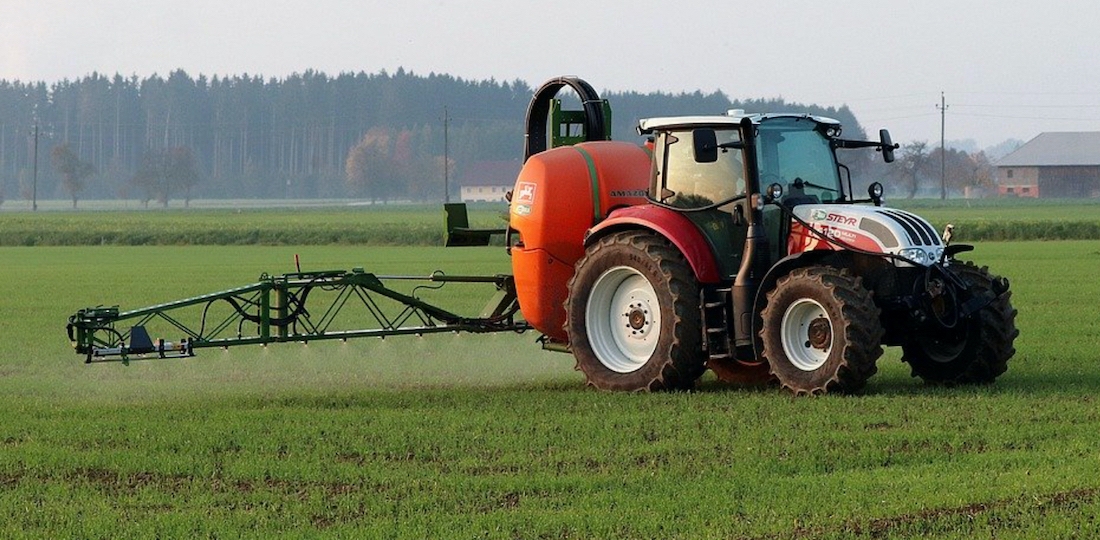The IOT technology is influencing all aspects of life and transforming all the industrial fields and agriculture is no exception. IOT tech has had a positive impact because of the low cost of the sensors and devices as well as the pervasiveness of the cellular network coverage across the world including the rural areas. Their simplicity of implementation, near zero maintenance requirement, and low operating costs make IOT implementation very attractive. The cost-benefit ratio will depend on the farm size, the grain value, and other infrastructure.
The technology allows farmers and cattle raisers stay connected with their fields, storage and animal shelters. Installation of appropriate sensors gives farmers the advantage to remotely monitor actual conditions on the field on real-time basis rather than relying on forecasts or meteorology reports of weather Apps. Battery powered environment sensors accurately monitor wind data, rain, ambient air temperature, humidity, and pressure. Similarly, smart soil sensors obtain data on soil temperature, volumetric moisture content. Periodical transmission of this data from the fields help farmers regulate irrigation, optimize manpower, and take appropriate action for crop protection. These data collected over longer periods would help develop trends and aid in long-term planning related to planting and harvesting schedules.
Data on the temperature, humidity, and moisture content are crucial for safe storage of grains in silos to prevent decay due to bacterial activity. Installation of smart sensors to monitor these parameters and level sensors help monitor stock quantity and health. Battery operated sensors that monitor intrusions and raise alarms in case of unauthorized opening of warehouse doors, fencing gates, or breaching of fences could prevent animal thefts and such criminal activities.
The IOT solution implementation can be extended to cover management of operation of the pumps, irrigation system, heating / drying system for the grain storage, interior and exterior lighting, and other infrastructure on location as well. The irrigation pump operation interval and other parameters can be automated and remotely monitored. The tank levels of animal feed, water storage for irrigation could also be monitored as part of the same IOT solution. Livestock could also be tagged using smart collars to monitor their health and movement. Establishment of an electronic geo-fence can raise alarms and help respond quickly in case of animal thefts.
Sensors for such applications are generally battery operated and wireless capable. The sensor data is aggregated at each farm location in a Gateway. The Gateway establishes a wireless link with the sensors and also acts as the uplink to the cloud either through cellular network or ethernet, where available. At very remote locations beyond the cellular network option of satellite link is available. Once installed there is hardly any maintenance required other than battery replacement for the sensors. The battery life is usually upwards of one year and will vary depending on the sensing and transmission intervals. The options are many, and they are worth serious consideration because the benefits are assured.
Bowles Farming Co is a good real-life example of IoT tech adoption in agriculture; for managing their water resources and irrigation needs. The family owned farming company based in California, US that grows cotton, tomatoes, and almonds majorly apart from other crops has applied the sub-surface immersed tube irrigation system. The irrigation system is managed using wireless sensors—for monitoring soil temperature and soil moisture— in combination with actuators controlled remotely for opening and shutting off valves that regulate water flow. The entire field is divided into several zones and irrigation is managed zone wise based on the soil profile, rain data, real-time sensor information and simultaneously considering the requirements of the crop being grown. Drones are deployed to survey the field to ensure the irrigation is actually done and also to identify any possible leaks due to pipe bursts. Mr. Danny Royer, VP of Technology with Bowles Farming in one of his interviews testifies “Just the management of water and reduction in water consumption in itself is a big gain. Availability of data leads to improved and timely decision making and gives us the confidence on reliability of the decision, that it will hold good”. He goes on to validate that adoption of IoT technology has resulted in 15 to 20% direct reduction in water consumption which is significant.
This is just one good example to demonstrate the ease of implementation and the potential benefits of IOT technology. We would like to hear your experiences of implementing IoT tech applications in the field of agriculture. Please share with us any fresh ideas that you may have come up with for implementing IOT technology in the farming and agricultural industry.




